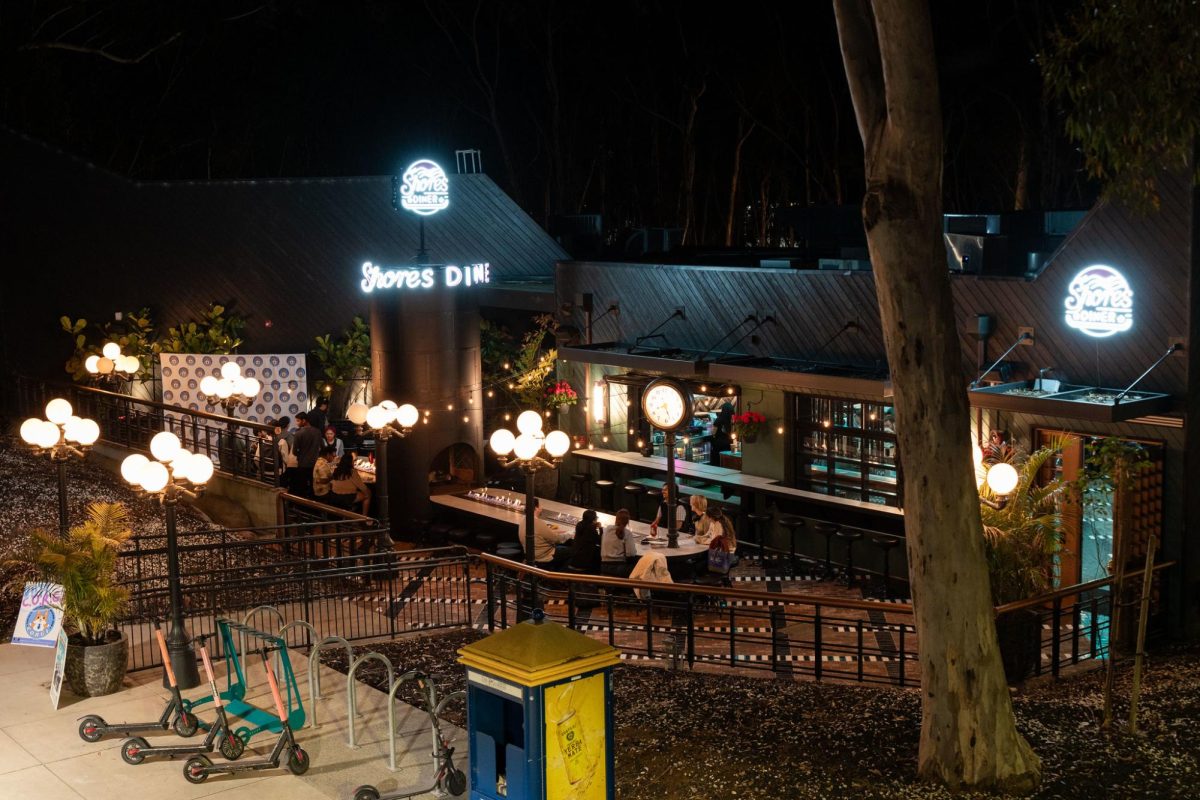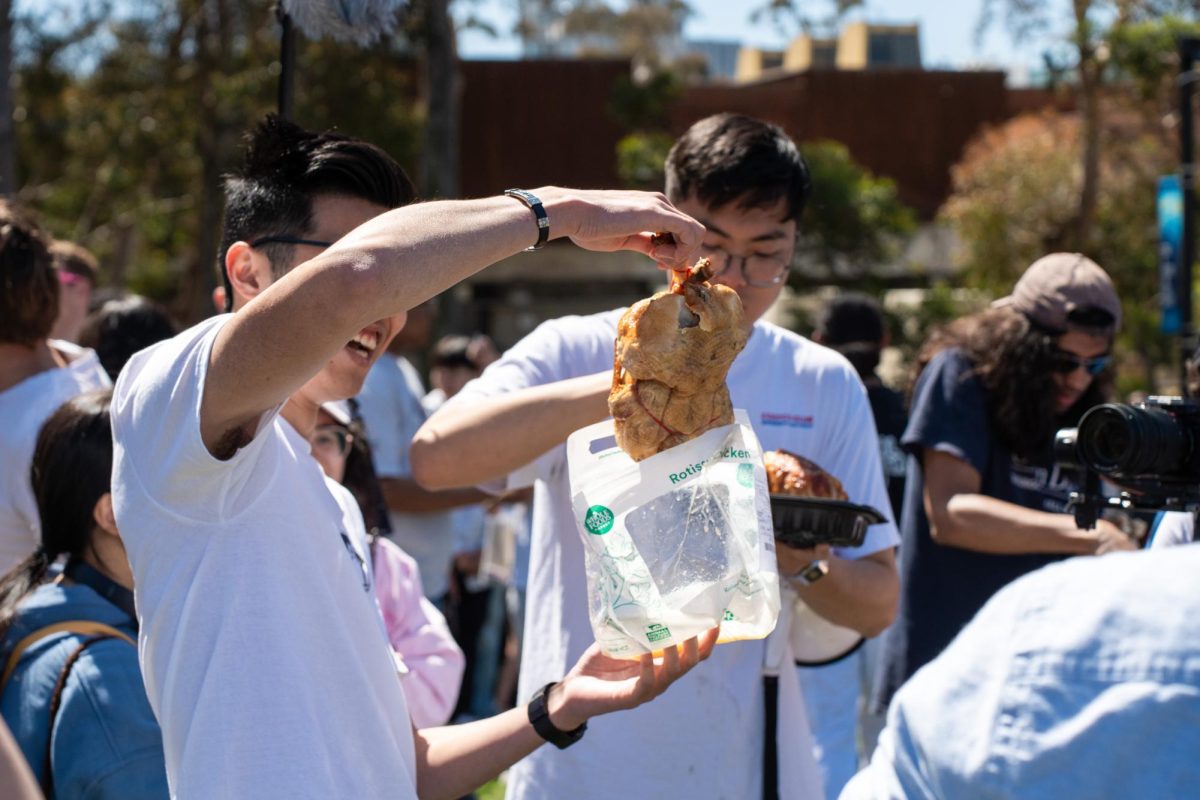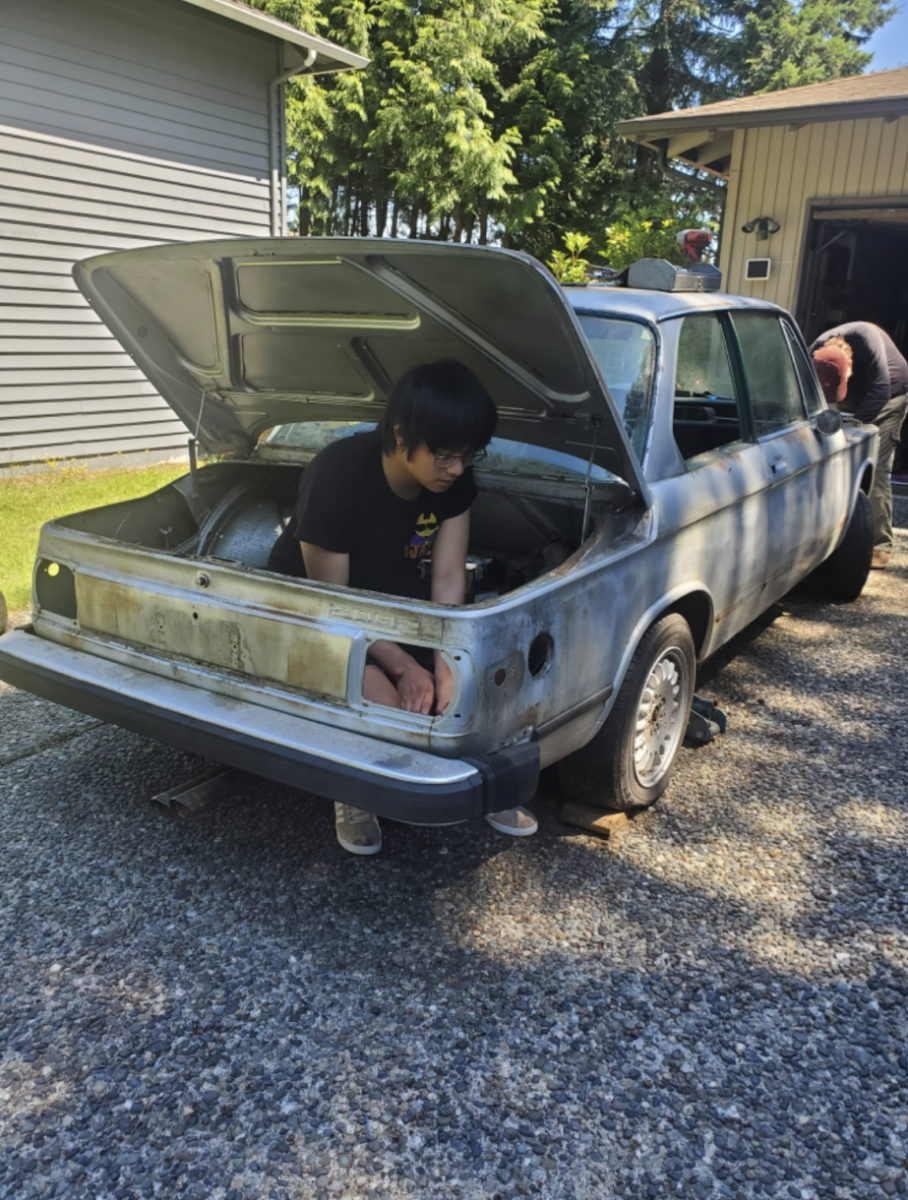You’ve met them before — on Library Walk, in class, outside Geisel. You lock eyes with them for a split second, recognizing the clipboard and bright student-org shirt. Before you can escape, they say the dreaded words: “Have you pledged CALPIRG?” In other words, “Would you like another $5 line item on your quarterly eBill?”
But winning over student donors isn’t the hardest part of their job. Since 1975, with the help of professional lobbyists and attorneys, the California Student Public Interest Research Group has undertaken causes ranging from healthcare reform to hunger and homelessness. They petition lawmakers, protest at public events, lobby in Sacramento and Washington DC, write letters and make phone calls to elected officials, as well as raise awareness in the more immediate community.
CALPIRG is an offshoot of U.S. PERG, and has student charters at all the UC campuses except for UC Merced, as well as at USC and Santa Monica Community College. All the student charters hold a joint conference every quarter, where they discuss current events, brainstorm campaign strategies and prioritize which issues to focus on for the coming three months. Any student can attend, but only the executive committee — composed of a chair, vice chair, secretary, treasurer and a few representatives, elected by student members of CALPIRG — has voting power.
As with any such large-scale organization, the hot topic of the night is always the budget. This Spring Quarter, the bulk of CALPIRG income will go toward a campaign for affordable education; in fall, it will mostly go toward a campaign for global warming solutions. According to CALPIRG executives, 20 percent of their funding comes from grants and outside foundations, while 80 percent is raised through the pledge system — in which CALPIRG volunteers ask student passersby to fill out a pledge card that adds $5 to their quarterly bill on Tritonlink.
“They know us as the people with the orange stickers, and they think that’s all we do — ask for money — but we get results,” Warren College senior and CALPIRG Vice Chair Tania Herrera said.
The pledge system was instated in the late 1970s, after CALPIRG condemned various companies responsible for chemical spills — companies in which some members of the UC Board of Regents had stake. The regents decided CALPIRG could remain on UC campuses if they could convince 20 percent of the student population to pledge under contract every year. Although CALPIRG-hired campus organizer Adam Gosney declined to comment, Herrera approximated that 5,000 UCSD students pledge CALPIRG, generating roughly 75,000 dollars a year. (On average, 30,000 students pledge yearly on a statewide level.)
Another $18,750 is raised through grants and outside foundations — totaling 93,750 a year.
UCSD’s charter divides its budget so that 30 to 40 percent pays Gosney’s salary. About 55 percent is used to hire professional staff — lawyers, lobbyists, scientists and advocates — to pressure lawmakers and special interest groups. A remaining 5 percent goes toward overhead costs like rent and materials. Students work for free — as volunteers or interns.
“What makes us different from other groups — and what makes us so effective — is that we have professional staff working full time,” said Tiffany Rezvani, Eleanor Roosevelt College freshman and media coordinator for CALPIRG’s affordable education campaign during Winter Quarter 2010.
In addition to the professional staff, funds also go to purchasing office space and materials like stickers and T-shirts.
When they aren’t fundraising, most CALPIRG student volunteers spend their time raising awareness on campus. Eight different campaigns are currently underway, including the Textbooks Campaign — which shoots to make textbooks available for free on the web — and the Public Transit Campaign, a push for more state funding toward public transit and completion of the UCSD trolley extension.
UCSD student-volunteers traveled to the Los Angeles Courthouse last October to make La Jolla Shores a protected marine area — a measure that a California State Panel passed the next month. In addition, in light of recent fee increases, these same volunteers have been approaching candidates for the upcoming California governor’s race at public forums, pressuring them at the podium to make concrete statements on their plans for keeping public education affordable.
“We’re out there giving students opportunities to act in that moment,” Herrera said. “Whether it’s signing petitions — whether it’s making calls, writing a story or volunteering — it’s on-the-spot kind of stuff. If you see us, we’re up to something you can get involved in right there and then.”
In CALPIRG’s quarterly internship program students commit about 10 hours a week in exchange for four course credits. There are also numerous short-term volunteer positions available. Everyone is welcome at general body meetings, held Tuesdays at 7 p.m. in Room 203 of the Student Center. Visit www.calpirgstudents.org/ucsd for more information.







